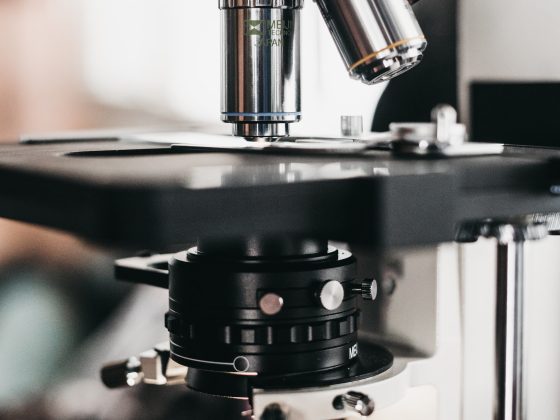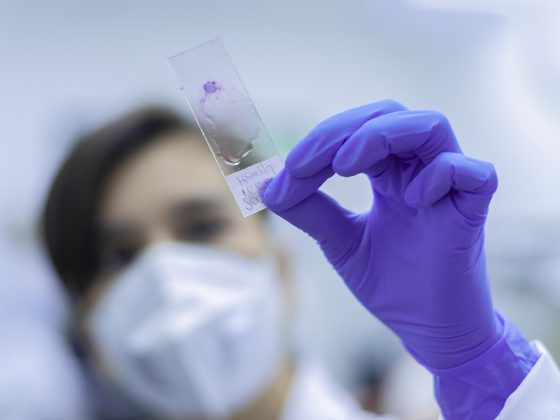Microfluidic devices are microscale systems that can handle and manipulate small volumes of fluids, typically in the range of microliters to nanoliters. These devices have gained increasing attention over the past few decades due to their potential for various biomedical and chemical applications. The design and development of microfluidic devices have led to numerous advantages such as increased efficiency, reduced costs, and improved sensitivity. In this article, we will discuss the importance of microfluidic devices for Malaysians and their advantages in various applications.
What are Microfluidic Devices?
Microfluidic devices, also known as lab-on-a-chip systems, are made up of channels, chambers, and valves that enable the manipulation of fluids at the microscale level. These devices are typically fabricated using silicon, glass, or polymer materials, and can be designed to perform a wide range of functions, including chemical synthesis, sample preparation, and cell analysis.

The Importance of Microfluidic Devices in Biomedical and Chemical Applications
Microfluidic devices have significant potential for various biomedical and chemical applications due to their ability to manipulate small volumes of fluids. These devices offer several benefits over traditional methods, including increased efficiency, reduced costs, and improved sensitivity. In biomedical applications, microfluidic devices can be used for drug discovery, point-of-care diagnostics, and tissue engineering. For example, microfluidic devices can be used to create a controlled microenvironment for the growth of cells, allowing for the development of tissue constructs for transplantation. Microfluidic devices can also be used to analyze biological samples, such as blood or saliva, for disease diagnosis or to monitor treatment response.
For further information, please visit mdcplanners.com.
In chemical applications, microfluidic devices can be used for chemical synthesis, reaction optimization, and high-throughput screening. Microfluidic devices can enable precise control over reaction conditions, allowing for the synthesis of complex chemical structures with high yields and purity. Additionally, microfluidic devices can be used for screening large libraries of compounds, enabling the identification of potential drug candidates.

The Advantages of Microfluidic Devices
Microfluidic devices offer several advantages over traditional methods for biomedical and chemical applications. These advantages include:
- Reduced sample volume: Microfluidic devices can handle small volumes of samples, reducing the amount of reagents and samples required for experiments.
- Increased efficiency: Microfluidic devices enable precise control over reaction conditions, resulting in higher yields and purity of products.
- Reduced costs: Microfluidic devices require less reagents and samples, reducing the cost of experiments.
- Improved sensitivity: Microfluidic devices can detect small changes in samples due to their high surface area-to-volume ratio, improving the sensitivity of detection.
Conclusion
In conclusion, microfluidic devices have revolutionized biomedical and chemical applications due to their ability to handle small volumes of fluids with high precision. Microfluidic devices offer several advantages over traditional methods, including increased efficiency, reduced costs, and improved sensitivity. These devices have significant potential for various applications, including drug discovery, point-of-care diagnostics, and tissue engineering. Malaysians can benefit from the use of microfluidic devices in various fields, including healthcare and pharmaceuticals, by enabling more efficient and cost-effective solutions to existing problems.










